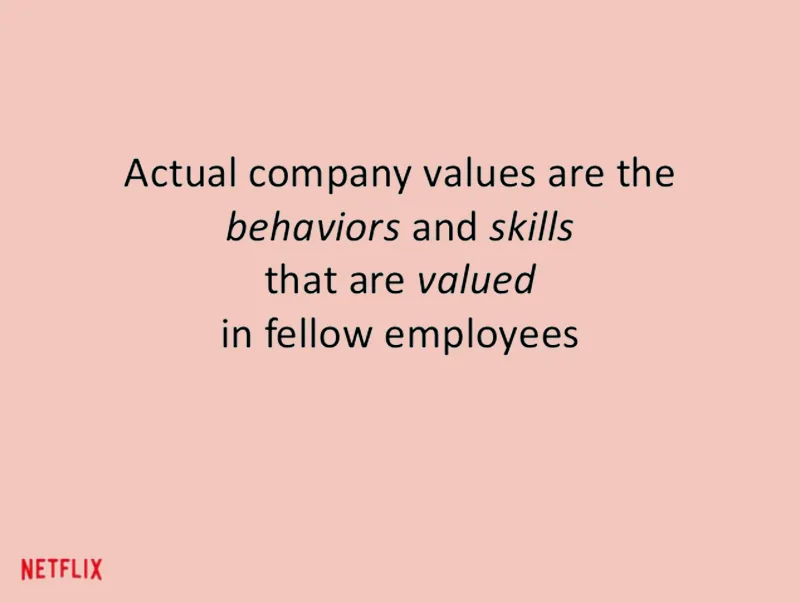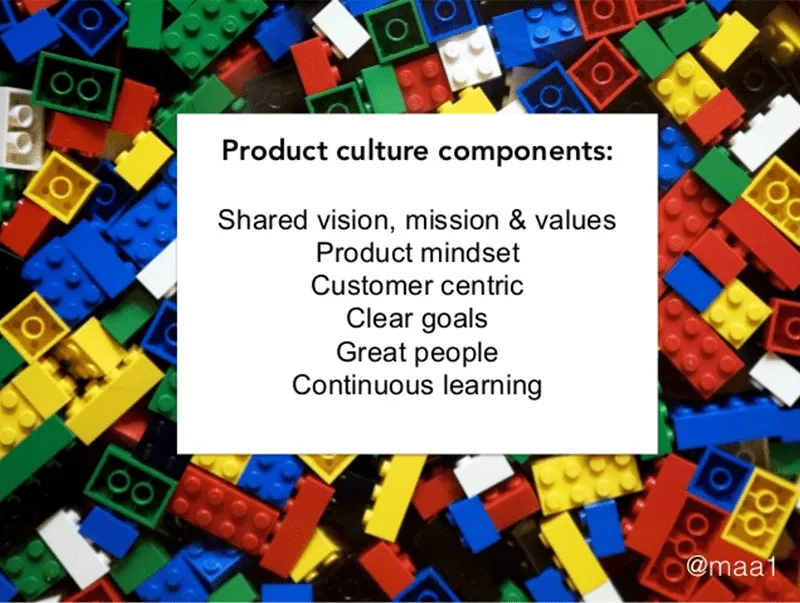Build an Indestructible SaaS Product Management Team

In an interview with Digital Content Specialist Tarif Rahman on SaaS product management explained by 6 product managers, Principal Product Manager of Atlassian, Evan Muchner, says:
“The nature of SaaS implies that your customer is constantly re-evaluating your product — weekly, monthly, or yearly.”
The explosion of the SaaS model in recent years has been monumental in changing the technological landscape, and this shift to the cloud, naturally, has had a major impact on the product space and how product managers and teams – whether old or new – perform their job.
The industry is extremely competitive, and for this reason, a SaaS company needs to be a customer-first company by nature. All teams across the company need to be aligned with both the product and company vision and be fully tuned-in to what customers expect from your product.
And this is why it’s absolutely critical that SaaS companies focus on developing very strong product teams by hiring employees carefully. This is particularly true for the managers as they are the ones who need to lead members to success.
In this article, I’ll focus on the role of a product manager as a leader, and how you, as the product manager, can build a strong and viable product management team. To kick-off this post, here’s an awesome quote from Ron Yang, senior director of product management at Aha!, in his post on traits of successful product teams:
“I was most successful as a product manager when I was able to bring people together. It’s the cross-functional group of people that make the product team. Great products require cooperation across organizations — from leaders in engineering, marketing, sales, and support. Each contributes to the success of the product in their own way.”

Table of Contents
Why Do You Need a Product Management Team in the First Place?
Well, it goes without saying that your product is the very reason why your SaaS business exists.
As Robin Dechant writes in his article on why product management continues to play a greater rold in SaaS, exceptional products are the “lifeblood of every tech company, whether young or mature”. For this reason, the importance of the product manager and the product management team cannot be emphasized enough. To quote Dechant again,
“They are the key figures to ensure that the company is creating something customers want and execute the product roadmap to stay ahead of the curve, focusing on long-term success.”
The product manager is responsible for ensuring the success of a product that exceeds – and stays ahead of – customer expectations. They need to be in charge of backlog prioritization, development and execution, and getting stakeholder buy-in, among many other things!
All this involves challenges such as thinking big, understanding good design, avoiding overcommitment, reviewing customer requests and knowing when to prioritize them, knowing when and how to say no, effective communication and negotiation skills, product storytelling, writing effective copy, monitoring important metrics, reviewing bugs, and working with many different teams.
But aside from doing all of these things on a daily basis, product managers also need to build, lead, and manage a strong product management team. This is not only to ensure the success of the product but also of the entire company. Having a well-structured product management team with team members who have a strong skill set can have a huge impact on the business’ top-line.
Below, we take a look at what you need to do to build and lead a strong and effective product management team.
How to Build a Strong Product Management Team
First things first: It is vital that SaaS companies recognize the value and importance of having strong product leadership. According to Marty Cagan, writing for Silicon Valley Product Group, product leaders need to be effective in the following four areas, which will lead to the creation of empowered product teams:
- Team Development
- Product Vision
- Execution
- Product Culture
Let’s take a look at these core competencies in more detail.
Team Development
There’s a huge difference between leadership and management, and as Cagan writes, “developing great people requires a different set of skills than developing great products”. Product leaders need to be able to identify other team members who have leadership qualities too, and then they should invest in their development. Being a leader is not a selfish or a self-glorification role: As a product manager, you need to be able to develop and nurture leaders who can, one day, become product managers or even founders of their own SaaS business!
Developing a team requires dedication, investment, and hard work. I believe that this requires a certain level of empathy. You, as the product manager, will need to prioritize your relationship with not only your team but other teams too. Former contributor to Forbes, Ron Hirson, believes that “your head of product and your head of technology should be good friends”.
And even if you don’t necessarily have a friendship outside of the workplace, having an excellent working relationship with your cross-functional team members will help foster trust and strengthen the bond you have with each other. A healthy team and working relationships can only lead to successful outcomes, especially when roadblocks happen along the way.
In SaaS, it’s also important to have agile teams. And in order to create an agile team, product managers will need to be agile and adaptable themselves. If you’re a leader, you have an immense influence on your team members – and you have to ensure that this influence is a positive one. This means that you must lead with trust. Be approachable. Be loyal. Be a teacher. Be a listener. Talk about failure and address it without any blame culture. Be honest and open about mistakes. Take responsibility. Have mutual respect. Give praise where it is due.
Great leaders lead by example – you’ve heard it a thousand times before, but it couldn’t be truer. The example you set determines the fate of your team.

Product Vision
Product vision comes down to defining, implementing, and driving the product strategy. And as Hirson says in his article Startups: When (And How) to Hire Your Head of Product (based on what he’s learned from his own experience), “… successful heads of product see their role as bridging the gap between the founder’s vision and the company’s products”.
As a leader in product management, you need to be able to communicate this vision to your team clearly and effectively, and you must understand the intricacies of your product and what its purpose is – i.e. what does it aim to solve/ how does it solve customer pain points? You need to be a product evangelist. By doing so, you will empower your team, which will instill a passion in them to create a great product by making informed and rational decisions.
You must also be able to lead productive discussions about the product strategy, allowing each team member to have their own input. You must always take into account that your team, with their unique minds and skillsets, have their own contributions and innovative ideas. Don’t dominate. That’s not what leadership is about, and it’s not how your product will be successful. A company – and by extension, its product – is the combined effort of all employees.
I came across this article on chargify’s blog, which gives tips from various product managers of leading SaaS companies on how to be a better SaaS product manager. Out of the quotes I read, I really appreciated this one by Janna Bastow, co-founder and CEO of ProdPad:
“You’re only as good as what you draw out of your team. The people you work with are experts from their own angle – each of them knows something you don’t. So support them, listen to them and bring out the best in them so they can help you make better product decisions.”
Execution
This relates to the journey from ideation/ concept to getting the product to market. Here’s where you show that you’re worth your salt! As a product manager, it’s important that you develop both your strategy and execution skills. You may be stronger or lean more towards one area (either strategy or execution), but being strong and confident in both is a key prerequisite for a successful product launch.
If you feel you’re more confident in one area, you can draw on the skills and guidance of some of your team members who might be more skilled in strategy, for example. And as we’ve mentioned in our post on product management skills, you can also practice them to perfect them.
When it comes to the execution stage of the product, you need to rely on your communication skills and keep both the product and engineering teams focused. You’ll also need to address issues that crop up and resolve them as quickly as you can.
Once again, being a product manager isn’t a one-person show: Rely on your team, ask for help where needed, and have something in place (whatever works for you) to make sure you’re all on track as you get ready to launch.
The key here is discipline and a combination of both your soft skills and technical skills. Be disciplined and focused enough on both the strategy and execution stages, and make sure that you don’t focus too much on one and not the other.
Product Culture
The term culture says it all. This comes back to being an evangelist for your product. If you’re an evangelist, your team will be too – and this is what will turn your customers into evangelists as well! It’s a domino effect.
To further develop the product culture, it’s important that you and your team are dedicated to testing, iterations, innovation, and, importantly, not being afraid to make mistakes and then learning from them quickly.
As much as we emphasize having a customer-first culture, you need to have a product culture too. As I mentioned at the beginning – a poor product means no customers. So you can’t be customer-first without being product-first, in a sense.

And a Few More Things You Need for Your Product Management Team…
Aside from these four major points, there are, of course, other things that need to be done to build a strong product team. Some ideas include:
- Ensuring that everyone understands how success is defined and how it is measured (this should be extended to other departments as well – a good way to do this is by setting OKRs for each department, which is then aligned with an overall shared strategy and vision).
- As a product manager in a SaaS company, it’s also important that you are able to keep up with the fast pace of the industry and ever-changing demands and expectations. If you handle your side of things well, then your team will be able to handle their respective roles well. You’re the mirror and their work reflects on how well you are leading them (not to put too much pressure on you, of course, but I’m sure you’re up for the challenge!)
- Establishing personas, as Ron Hirson suggests, is a great way to open up discussions between various members of different teams. This way, all employees of the company contribute to building for the customer and empathizing with them. As a product leader, you also need to empathize with your users and encourage your team to do so, too.
- Experience the value yourself/visit your customers, and then communicate your experience to your product team. Maximilian Bevan, product manager at Simprints, went to Africa after four days of joining the tech company in order to add a “helping hand for a few team members deploying [Simprints’] technology”. This allowed him to see both the people and tech in action, as well as develop true empathy for his users: “There is absolutely no way I could do my job well if I didn’t truly understand how our technology impacted our users’ lives. And I would have no way to prioritize what was important vs. what was not.” This, he says, is one of the pillars for building a product team.
- Valuing your team’s time. There’s nothing worse than having too many meetings that never seem to lead anywhere. Overdoing it on the meeting front or letting meetings go on for way longer than expected shows, in a sense, that you don’t value or respect your team’s time. Be careful with how you manage time, and maximize it as much as possible to ensure that you are focusing on the right things.
- Set up informal meetings/ coffee breaks with your own team members and members of other teams. For example, at Userlane, we have regular UX tea parties that are open to all employees of the company. Here we discuss our customer personas as well as discuss other companies that are pioneering the UX.
A great example of a company that is dedicated to building strong teams is popular streaming service, Netflix, which values these nine behaviors and skills in their colleagues: Judgement (eg. making wise decisions, being able to separate what must be done now vs what can be improved later), communication (listening well instead of reacting), impact (colleagues know they can rely on you), curiosity, innovation, courage (taking smart risks, questioning actions inconsistent with values), passion/ inspiring others, selflessness (ego-less/ making time to help your team, sharing information openly and proactively). These are some excellent skills and behaviors that you can focus on to build a strong product team.

Why a Strong Product Management Team Is Critical for SaaS Success
Your SaaS company needs the strongest product team possible. As much as customers can easily make the switch and go elsewhere these days, so too can employees. Customer retention is critical for SaaS companies, but so is employee retention – never lose sight of that.
As your SaaS company grows, so does your product. Great product teams build great products – it’s as simple as that (but requires a lot of work, of course). Make sure that you and your team genuinely believe in the vision and mission of your company/ product.
The move from “old school” software to SaaS product management requires a shift in mindset. The mindset won’t happen overnight, so take it step by step. When building out your product team, make sure you’re looking for someone with the right skills and values that will support product-led growth at your business. Teams will only ever be as strong as the weakest link.
And lastly, always continue to learn. Learn from all your successes and failures. Start small, remain focused, and before you know it, you’ll realize that you’ve created a strong product team that will only get stronger with time.
A great product leader is someone who can focus on growth and also empathize with both the users and the business strategy. I think Ron Hirson said it best with this quote:
“There’s a saying that a founder is an optimist, an engineer is a pessimist, and a product manager is a realist. A great head of product intuitively knows how to merge the founder’s optimism with the engineer’s pessimism to help the company grow nimbly, without discord among its leaders.”
For more awesome advice and guidance on how to manage stakeholder relationships as well as how to strategically manage internal and external factors that influence your product vision, watch the replay of our webinar with expert Product Manager, Megan Bubley.


